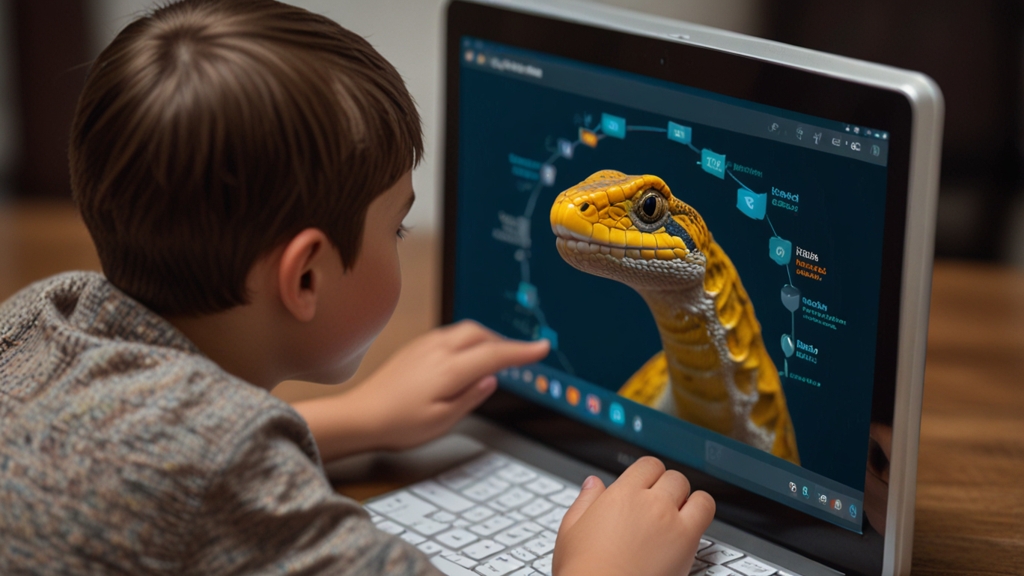Python for Kids: Tips to Make Coding Fun for Young Learners
Introducing children to the world of programming can be both a rewarding and challenging endeavor. Python, with its simple syntax and readability, is an excellent starting point for young coders. However, keeping children engaged can sometimes require a creative approach. Here are some tips to make coding in Python fun and enjoyable for kids.
Start with Visual Programming
For beginners, especially younger children, jumping straight into text-based coding can be daunting. Visual programming tools like Scratch or MakeCode help children understand programming logic and structures without getting overwhelmed by syntax. Once they are comfortable with these basics, transitioning to Python becomes much smoother.
Use Interactive Tutorials and Games
Games are a fantastic way to keep children motivated and learning. Resources like CodeMonkey or Codecademy's Python course offer interactive tutorials that turn learning into play. There are also numerous Python-based games and exercises that can be found online, designed specifically for kids.
"The best way to learn is by doing, and interactive tutorials provide a hands-on approach that keeps young learners engaged."
Create Simple Projects
Once kids have the basics down, encourage them to create their own small projects. This could be anything from a simple calculator to a basic game, depending on their age and abilities. The key is to choose projects that are fun and related to their interests. For example, if a child loves animals, they can create a program that provides fun facts about different animals.
Incorporate Humor and Creativity
Humor and creativity can significantly enhance the learning experience. Allow kids to add their own creative touches to their projects, like making funny messages appear on the screen or using playful variable names. The more they can inject their personality into their coding, the more invested they will be in the process.
"Encouraging kids to be creative allows them to see coding not just as a technical skill, but as a form of self-expression."
Leverage Educational Resources
There is an abundance of educational resources available for teaching Python to kids. Books like "Python for Kids" by Jason Briggs or online platforms like Khan Academy offer structured and engaging ways to learn Python. Utilize these resources to provide a balanced mix of instruction and practice.
Join Coding Communities
Learning to code doesn't have to be a solitary activity. Encourage kids to join coding clubs or online communities. Websites like Tinkercad and forums such as Kids Code offer a space for young coders to share their projects, ask questions, and get feedback. Participating in these communities can provide motivation and inspiration.
Celebrate Their Achievements
Finally, it's vital to celebrate children's achievements, no matter how small. Positive reinforcement can build confidence and encourage a love for learning. Whether they've written their first "Hello, World!" program or completed a more complex project, acknowledging their efforts will go a long way in keeping them motivated.
"Success is a great motivator, and celebrating even small milestones can inspire kids to keep pushing forward in their coding journey."
By incorporating these tips into your teaching approach, you can make learning Python a fun and exciting adventure for young learners. Remember, the goal is to foster a positive and enjoyable learning environment that ignites a lifelong passion for coding.












